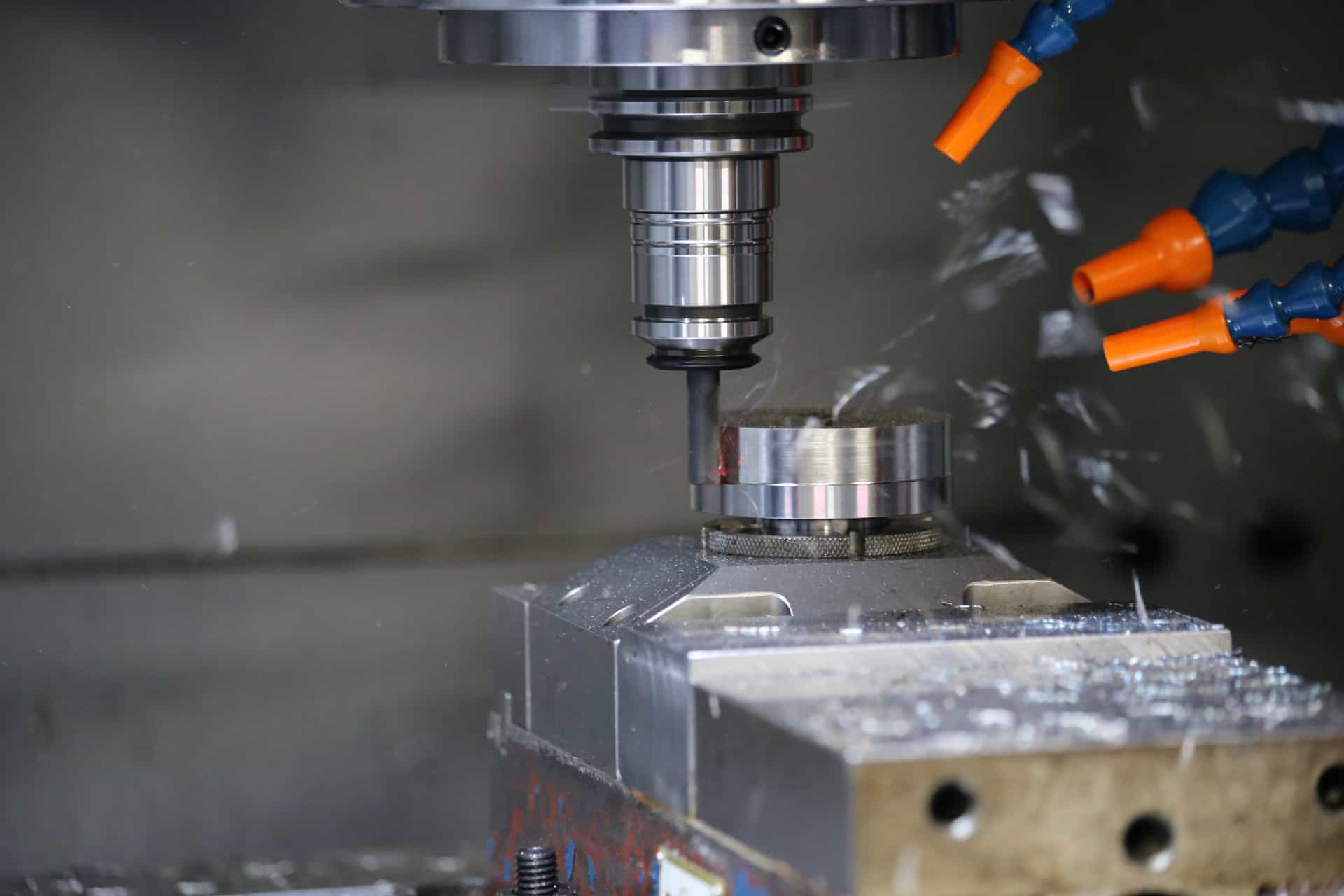Have you ever considered the delicate balance of grinding speed and pressure for the ideal grind on hardened tool steel? It can be a challenging task, but with the right tips and techniques, it becomes a more manageable process. Whether you’re a seasoned professional or a DIY enthusiast, understanding the secrets of grinding hardened tool steel can significantly enhance the quality of your work. In this blog, we will delve into practical and easy-to-follow tips for precision shaping durable tool steel. It ensures that you achieve the best results every time.
Understanding Hardened Tool Steel
Before we jump into the tips and techniques, let’s briefly understand what hardened tool steel is and why it’s widely used in various industries. Tool steel is a type of carbon and alloy steel that is specifically designed to be made into tools. It is renowned for its durability, resistance to wear, and ability to withstand high temperatures.
Hardening tool steel involves heating it to a specific temperature and then cooling it rapidly to increase its hardness. While this makes the steel ideal for cutting, drilling, and forming applications, it also poses challenges when it comes to grinding. The increased hardness makes it more resistant to abrasion, requiring specialized techniques for effective grinding.
Tips for Grinding Hardened Tool Steel
1. Choose the Right Abrasive Wheel
The first step in grinding hardened tool steel is selecting the appropriate abrasive wheel. Not all wheels are created equal, and using the wrong one can lead to ineffective grinding and potential damage to your tools. Opt for a diamond abrasive wheel, which is known for its hardness and ability to grind tough materials like hardened tool steel. Diamond wheels offer superior durability and efficiency in the grinding process.
2. Ensure Proper Wheel Dressing
Before you begin grinding, it’s crucial to dress the abrasive wheel properly. Wheel dressing involves removing any debris or unevenness from the surface of the wheel, ensuring that it operates at its optimal level. This step is particularly important when dealing with this heat-treated steel, as a well-dressed wheel enhances precision and prevents overheating.
3. Use Coolant to Manage Heat
Grinding generates heat, and excessive heat can lead to the loss of hardness in this heat-treated steel. To prevent this, use a coolant during the grinding process. Coolants help dissipate heat, maintaining the hardness of the tool steel. Water-soluble coolants are a popular choice for grinding applications, as they are effective in heat control and are easy to clean.
4. Control Grinding Speed and Pressure
Maintaining the right grinding speed and pressure is crucial when working with this heat-treated steel. High-speed grinding can generate excessive heat, while insufficient pressure may result in ineffective grinding. Strike a balance between speed and pressure, ensuring a consistent and controlled approach. This not only prevents overheating but also promotes a smoother and more precise grinding process.
5. Frequent Checks for Wheel Wear
Abrasive wheels wear out over time, and using a worn-out wheel can compromise the quality of your grinding. Regularly check the condition of the abrasive wheel during the grinding process and replace it if signs of wear are evident. This simple step ensures that you always have a sharp and efficient wheel, maximizing the effectiveness of your grinding efforts.
6. Invest in Quality Tools and Equipment
While it may be tempting to cut costs on tools and equipment, investing in high-quality grinding tools pays off in the long run. Quality tools not only enhance the precision of your work but also contribute to the longevity of the abrasive wheel. Cheap or substandard tools may wear out quickly and result in uneven grinding.
7. Practice Patience and Consistency
Precision shaping of durable tool steel is not a race; it’s a precision task that requires patience and consistency. Avoid rushing the process, as this can lead to mistakes and uneven grinding. Take your time to ensure that each pass is even and controlled, producing the desired results without compromising the integrity of the tool steel.
Techniques for Grinding Hardened Tool Steel
1. Surface Grinding
Surface grinding is a widely used technique for grinding flat surfaces of hardened tool steel. It involves moving the abrasive wheel back and forth across the workpiece to remove material gradually. This technique is effective for achieving precise dimensions and a smooth surface finish.
2. Cylindrical Grinding
For cylindrical shapes, cylindrical grinding is the preferred technique. This involves rotating the workpiece while the abrasive wheel grinds its outer surface. Cylindrical grinding is ideal for creating cylindrical or tapered shapes in this heat-treated steel.
3. Centerless Grinding
Centerless grinding is a technique used for outer diameter grinding without the need for a spindle. In this method, the workpiece is supported on a workrest blade and positioned between the grinding wheel and a regulating wheel. This technique is efficient for achieving high production rates and excellent roundness.
4. Internal Grinding
When dealing with internal features of heat-treated steel, internal grinding is the go-to technique. This involves using a small, high-speed grinding wheel to remove material from the interior of the workpiece. Internal grinding is essential for achieving precise dimensions and smooth internal surfaces.
Conclusion
Grinding hardened tool steel may seem like a daunting task, but armed with the right tips and techniques, it becomes an achievable and rewarding endeavor. Remember to choose the right abrasive wheel, use coolant to manage heat, control grinding speed and pressure, and invest in quality tools and equipment. Additionally, practicing patience and consistency will contribute to the success of your grinding projects.
By understanding the secrets of precision shaping durable tool steel, you not only enhance the lifespan and performance of your tools but also elevate the quality of your work. So, the next time you embark on a grinding project, keep these tips and techniques in mind to achieve outstanding results with this heat-treated steel.





